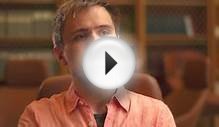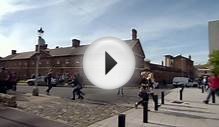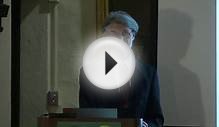
We’re just finishing up a massive project of creating a supplementary curriculum for Seattle’s Summer School program. We realized that the spirit of the lessons was even more important than the content. To this end, we designed the activities to encourage students to own their mathematical experiences, to give kids an opportunity—and a reason—to fall in love with math.
So we introduce our lessons with this list of the 5 principles that you can use in your math teaching to make the classroom hum. We wanted to share the list here, even though school is almost out. Let us know if these principles speak to you, and if there’s anything you think we’re missing.
1. Give students time to struggle
Students learn by grappling with mental obstacles and overcoming them. Your students MUST spend time stuck on problems. The more a teacher steps in to solve a student’s problems, the less the student learns. This is not to say you shouldn’t be involved in their process at all. Learn how to identify when your students are productively stuck—i.e. unable to answer the question but still making progress by making various attempts at understanding the problem—and when they are unproductively stuck—i.e. giving in to despair and hopelessness about the problem.
Productively stuck students need little more than a bit of encouragement, reflection, or the occasional prompt from a teacher (best offered in the form of a question, such as “What have you done so far?” or “Have you tried ____?”). Unproductively stuck students need help scaffolding the problem, by rephrasing the question, identifying learning gaps, and possibly backing up to a more concrete or simpler problem. For both, time is critical: prioritize giving students the time required to let their perseverance flower.
2. Say yes to your students’ ideas
Doing math is creative work. It requires making connections between distinct concepts, translating knowledge into new contexts, and making intellectual leaps into unexplored territory. These are the hallmarks of creative thinking, and this is exactly the kind of capacity we want our students to develop. Creative work is hard, though, and becomes especially hard when the process of creative work is received with skepticism and negativity. When a student is working on a hard math problem, they are in a delicate place full of uncertainty, and a lot of the time the ideas they will have are wrong, or at least not exactly right. Many teachers want to point this out immediately to a student who is tentatively putting forth what to them is a novel idea on how to make sense of a math problem. However, to have an idea shut down means the student misses out getting to see why their idea might or might not work, and more importantly, they miss out on the exciting process of following wrong ideas into deeper understanding. We want our students to practice coming up with ideas and following them, even down rabbit holes, to see what they can discover.
INTERESTING VIDEO




 Mathematics and art have a long historical relationship. The ancient Egyptians and ancient Greeks knew about the golden ratio, regarded as an aesthetically pleasing ratio, and incorporated it into the design of monuments including the Great Pyramid, the Parthenon...
Mathematics and art have a long historical relationship. The ancient Egyptians and ancient Greeks knew about the golden ratio, regarded as an aesthetically pleasing ratio, and incorporated it into the design of monuments including the Great Pyramid, the Parthenon...








